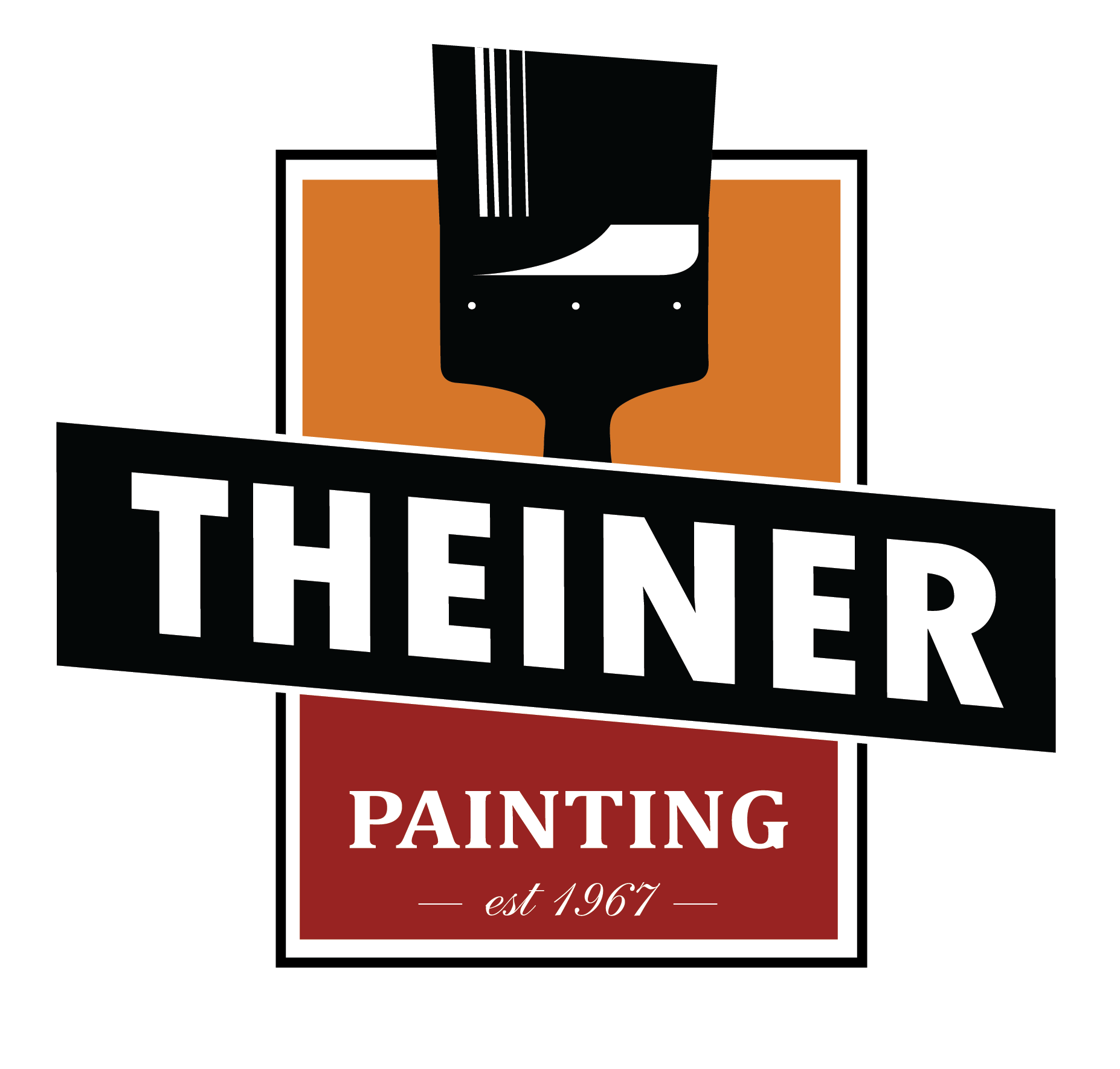How to Make Your Painting More Environmentally Friendly

These days, most of us are more mindful of the effect our actions have on the environment, and are making an effort to make smarter choices and keep our families healthier.
So where does this leave us when we decide that we need to paint our homes or offices?
Well, traditional household paint contains up to 10,000 chemicals, 300 of which are known toxins. The most harmful ones are called volatile organic compounds (VOCs). These are compounds which vaporize into the air, and can continue to leak into the environment long after that ‘paint smell’ has disappeared.
The good news is that in the past few years, paint manufacturers have started to produce readily-available alternatives to these high-VOC paints. Here’s what you need to know:
- Low-VOC paints have much less VOC than standard paint. VOC levels are usually indicated on the paint cans. You’re looking for levels of less than 250g/L for latex paints and less than 380g/L for oil-based paints (and many Low-VOC paints have much lower levels than this). These reduce the amount of chemicals released into the air
- No-VOC paints have no vinyl, plasticizers or toxic biocides, and typically come with a ‘Green Seal’ certifying that they are VOC-free. Remember to confirm that the colorants are also VOC-free
- All-natural paints (or casein paints) are made from milk protein, lime and non-toxic pigments, which makes them highly eco-friendly and safe. (They were commonly used in the 18th and 19th century, in fact.) They aren’t as durable as modern paints, and they can be harder to find, but they’re a terrific option if the environment is a priority for you, and they’re a good choice for families who need to work around respiratory issues
- Whatever paint you choose, look for a paint which has at least 30% solids. This means you’ll need to use less – which means fewer chemicals
Keep in mind: If you’re doing work on an older home, or suspect you might have lead paint or asbestos in your walls, it’s a good idea to call a professional before undertaking any painting. This not only protects your health, but also helps protect your investment in the long-term.
